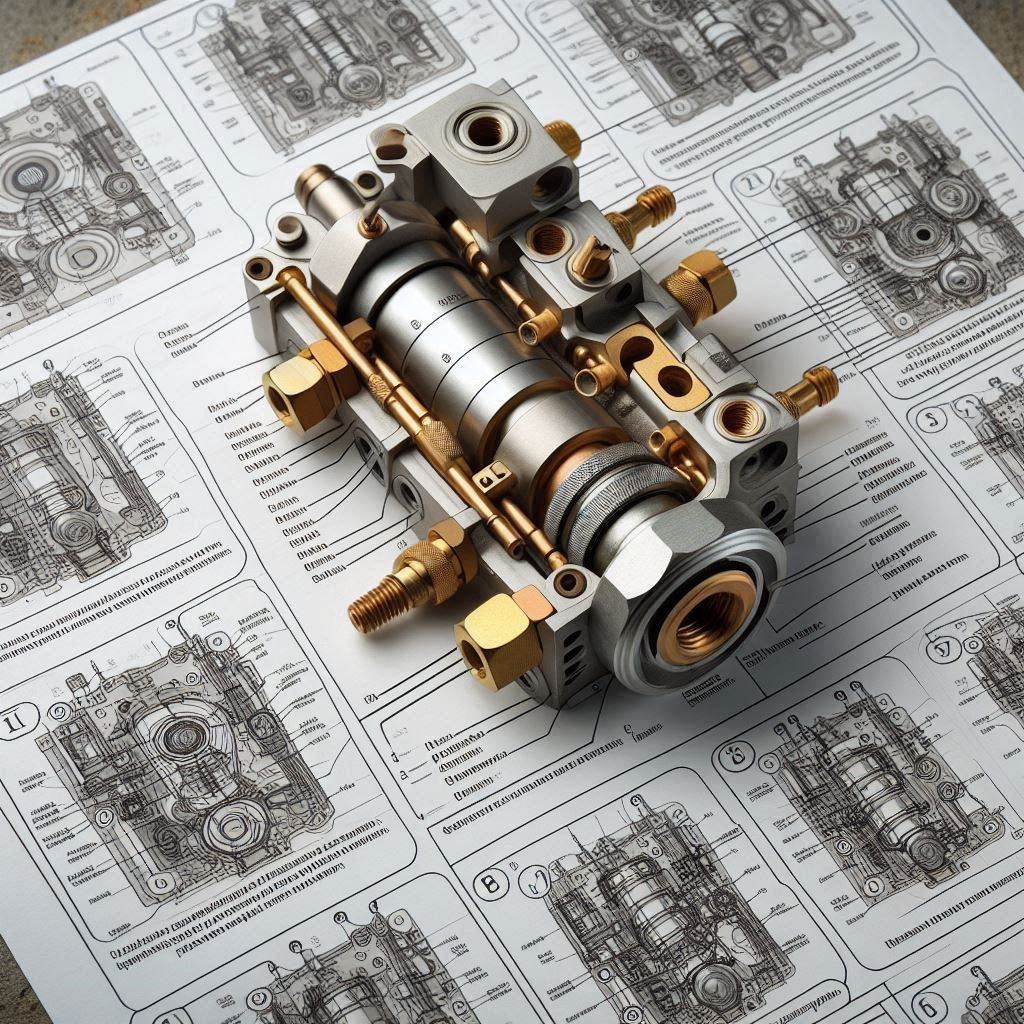Power beyond a valve is an essential component of hydraulic systems, especially in agricultural and industrial machinery. It plays a pivotal role in extending the capabilities of the hydraulic system by providing a continuous flow of pressurized hydraulic fluid to an additional attachment or implementation. Unlike traditional valves that route hydraulic fluid through the main control valve, a power beyond the valve allows fluid to bypass the main control valve, ensuring a steady supply to additional circuits or valves. This feature is particularly useful in complex machinery where multiple attachments may need independent hydraulic power.
Power beyond valves is typically used in systems where it is necessary to power an additional valve or implement that requires its own independent control. By integrating a power beyond valve into your hydraulic system, you can significantly enhance the functionality and efficiency of your equipment, making it more versatile and capable of handling a wider range of tasks.
Table of Contents
ToggleBenefits of Using a Power Beyond a Valve
Improved Efficiency
One of the primary advantages of using a power beyond valve is the improved efficiency it brings to the hydraulic system. By bypassing the main control valve, the power beyond valve reduces pressure drops that can occur when fluid is routed through multiple control valves. This reduction in pressure drop increases the flow rate available to the attachment, ensuring that the implement operates at its optimal performance level. The enhanced flow rate leads to quicker response times and smoother operation, which is particularly beneficial in tasks that require precise control, such as operating a loader or a backhoe.
Increased Versatility
The power beyond valve adds a layer of versatility to your hydraulic system by allowing the attachment to have its own independent hydraulic system and control valves. This means that the attachment can operate autonomously, without interfering with the main hydraulic system. For instance, in a tractor with a front-end loader and a backhoe, a power beyond valve can enable the simultaneous operation of both implements, each with its own dedicated controls. This independence allows for more complex operations and reduces the need for operator intervention, improving overall productivity.
Reduced Complexity
In hydraulic systems without a power beyond valve, adding attachments typically requires additional hydraulic pumps or motors, which can increase the system’s complexity and cost. A power beyond valve simplifies the setup by eliminating the need for these additional components. By using the existing hydraulic pump and routing the fluid through the power beyond valve, you can power multiple attachments with a single pump. This not only reduces the complexity of the hydraulic system but also lowers maintenance costs and minimizes potential points of failure.
Plumbing a Power Beyond Valve in an Open-Center System
In an open-center hydraulic system, the fluid flows continuously through the system and returns to the reservoir when no valves are activated. Adding a power beyond valve to an open-center system requires careful plumbing to ensure proper operation and prevent damage to the system.
Identify the Power Beyond Port
The first step in plumbing a power beyond valve in an open-center system is to identify the power beyond port on the main valve block. This port is usually labeled “PB” or “Power Beyond.” It is essential to locate this port correctly, as connecting the power beyond valve to the wrong port can lead to system malfunctions or damage.
Connect the Power Beyond Port to the Attachment’s Inlet Port
Once you have identified the power beyond port, the next step is to connect it to the attachment’s inlet port using a hose or tube. The hose or tube used for this connection must be rated for the system’s pressure and flow requirements to ensure safe and reliable operation. It is crucial to make this connection securely, as any leaks or loose connections can result in a loss of hydraulic fluid and reduced system performance.
Connect the Attachment’s Return Port to the Main System’s Return Line
After connecting the power beyond port to the attachment’s inlet port, the next step is to connect the attachment’s return port to the main system’s return line. This connection allows the hydraulic fluid to flow back to the reservoir after passing through the attachment. Proper routing of the return line is essential to prevent restrictions or backpressure that could affect the system’s operation.
Ensure the Power Beyond Port is Not Blocked or Restricted
Before finalizing the installation, it is crucial to ensure that the power beyond port is not blocked or restricted. Any obstructions in the power beyond circuit can lead to increased pressure, which may damage the hydraulic components or cause the system to operate inefficiently. Double-check all connections and routing to ensure that the fluid can flow freely through the power beyond valve and return to the reservoir without any restrictions.
Plumbing a Power Beyond Valve in a Closed-Center System
In a closed-center hydraulic system, the fluid does not flow continuously through the system when the valves are in the neutral position. Instead, the pump maintains a constant pressure, and fluid is only supplied to the valves when they are activated. Plumbing a power beyond valve in a closed-center system requires careful attention to the pressure settings and routing of the hydraulic lines.
Identify the Power Beyond Port on the Main Valve Block
As with the open-center system, the first step in plumbing a power beyond valve in a closed-center system is to identify the power beyond port on the main valve block. This port is usually labeled “PB” or “Power Beyond.” Correct identification of this port is critical for the proper operation of the system.
Connect the Power Beyond Port to the Attachment’s Inlet Port
Once you have identified the power beyond port, connect it to the attachment’s inlet port using a hose or tube. Ensure that the hose or tube is rated for the system’s pressure and flow requirements. In a closed-center system, it is essential to ensure that the connection is secure and leak-free, as any leaks could lead to a loss of pressure and reduced system performance.
Connect the Attachment’s Return Port to the Main System’s Return Line
After connecting the power beyond port to the attachment’s inlet port, connect the attachment’s return port to the main system’s return line. Proper routing of the return line is crucial to prevent backpressure or restrictions that could affect the operation of the system.
Ensure the Power Beyond Port is Not Blocked or Restricted
Before finalizing the installation, ensure that the power beyond port is not blocked or restricted. In a closed-center system, any blockages in the power beyond circuit can lead to excessive pressure buildup, which may damage the hydraulic components or cause the system to operate inefficiently.
Set the Pressure Relief Valve in the Attachment’s Circuit
In a closed-center system, it is essential to set the pressure relief valve in the attachment’s circuit to a lower setting than the main system’s relief valve. This ensures that the attachment’s hydraulic circuit can operate safely and without overloading the main system. Properly setting the pressure relief valve is crucial to prevent damage to the hydraulic components and ensure the safe operation of the system.
Tips for Successful Power Beyond Plumbing
Use Hoses and Fittings Rated for the System’s Pressure and Flow Requirements
When plumbing a power beyond valve, it is essential to use hoses and fittings that are rated for the system’s pressure and flow requirements. Using components that are not rated for the system’s specifications can result in leaks, reduced performance, or even catastrophic failure of the hydraulic system.
Ensure All Connections are Tight and Leak-Free
Tight and leak-free connections are critical for the reliable operation of the hydraulic system. Loose or leaking connections can lead to a loss of hydraulic fluid, reduced system performance, and increased wear on the hydraulic components. After making all connections, double-check each one to ensure it is tight and leak-free.
Route Hoses and Tubes to Avoid Sharp Bends, Abrasion, and Exposure to Heat Sources
Proper routing of hoses and tubes is essential to prevent damage and ensure the long-term reliability of the hydraulic system. Avoid sharp bends that can restrict fluid flow, and ensure that hoses and tubes are not exposed to abrasive surfaces or heat sources that could cause them to wear or degrade prematurely.
Label the Power Beyond Circuit for Easy Identification
Labeling the power beyond circuit is a simple but effective way to ensure easy identification during maintenance or troubleshooting. Proper labeling can save time and reduce the risk of errors when working on the hydraulic system.
Consult the Equipment Manufacturer’s Instructions for Specific Plumbing Requirements
Finally, always consult the equipment manufacturer’s instructions for specific plumbing requirements. Different hydraulic systems and attachments may have unique requirements or recommendations for plumbing a power beyond valve. Following the manufacturer’s guidelines ensures that the system operates safely and efficiently.
Conclusion
A power beyond valve is a versatile and essential component in hydraulic systems used in agricultural and industrial equipment. It enhances the efficiency, versatility, and simplicity of the hydraulic system by providing a continuous flow of pressurized fluid to additional attachments or implements. Whether you are working with an open-center or closed-center hydraulic system, proper plumbing of the power beyond valve is crucial for ensuring reliable operation and preventing damage to the system. By following the tips and guidelines provided in this article, you can successfully integrate a power beyond valve into your hydraulic system and maximize the performance of your equipment.

